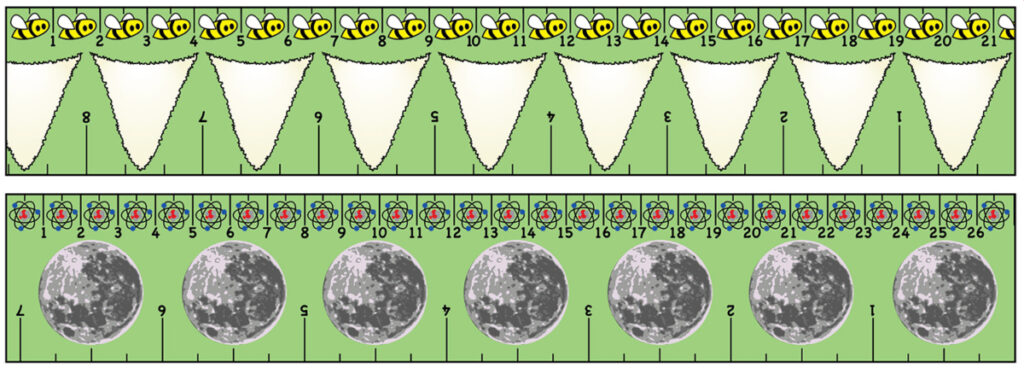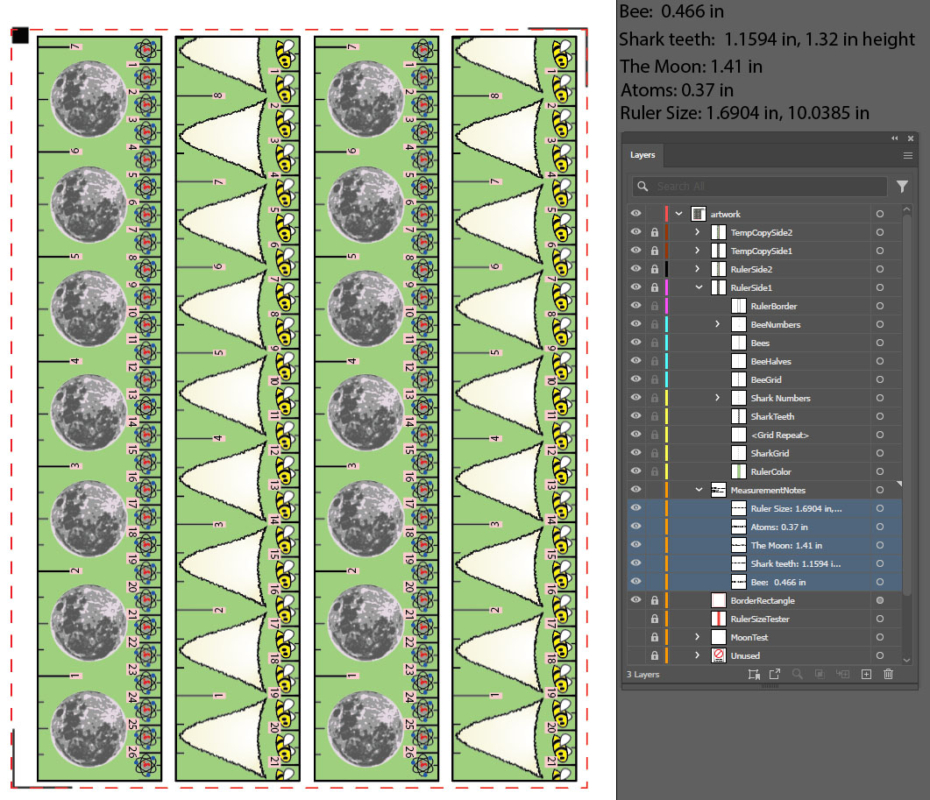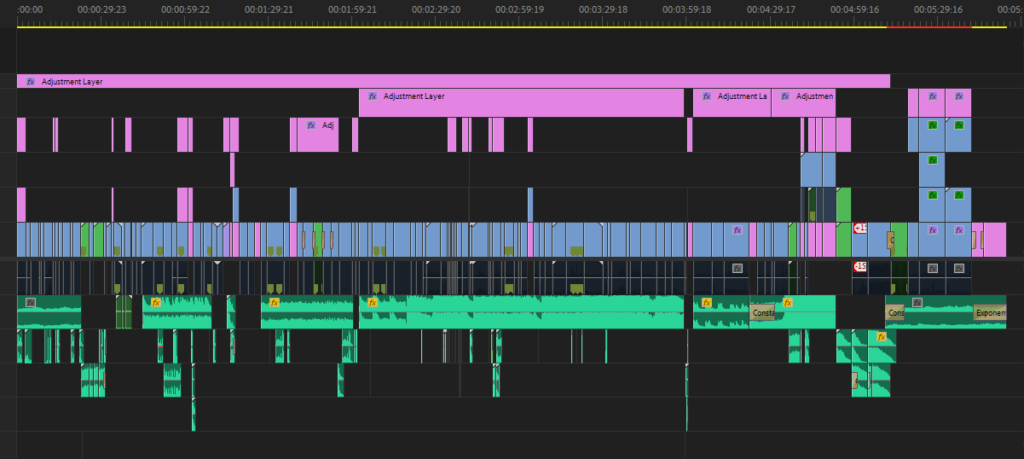Introduction
The Narrative 1 Unit was a unit about telling stories. In English read 1984 and made a presentation about it, and we wrote a short story. In Digital Media we learned how to turn those English stories into audio, learned how to use Illustrator to make vector graphics, made music using midi instruments, and improved our website making skills. And in film we learned about visual storytelling, and editing. We did this by making a variety of short videos, a Grifiths pattern scene, a suspense scene, a chase scene, and a short film.
I value that in this unit we were allowed a high amount of creativity. Even with the assignments that had a strong goal, there were an infinite number of ways to get to that goal. This high number of options allows for projects that I connect deeper to and get more invested into.
English Short Story
In English we started out the story telling unit, by reading a bunch of story story’s. There were ones about hiding secrets, ones about facing the past, and ones about. And we took what we learned about effective story telling from those story’s, and started to write out own. The story’s we made focused around a character, so one of the first assignments was to plan our character. Then when we had out character, we planned what the plot would be.
Then once we had a story, we recorded an audio version of it in Digital Media. This audio version wasn’t just us speaking, but also required adding sound effects that would enhance the story, and help the viewer immerse themselves in it. To edit this audio story together we used Pro Tools, and the collection of sound effects we have access too.
What I liked about this project was the amount of creativity we had. To choose a character, a story, and overall complete control over the story. Anyways that’s enough talking, here is the short story.
A Buried Past:
* SoundCloud Audio Version of Story*
* Past Short Story here*
Here is a screenshot of the editing required to make the Audio version of the Story:
* Screenshot of Pro Tools Audio File*
Here is a screenshot of how the album art was made in Illustrator:
* Screenshot of Illustrator Album Art*
Illustrator Project
In Digital Media we learned how to use Illustrator. And you may be asking, what even is a Illustration? Well right now if you look really closey at your screen you will be able to tell it’s a much of squares that make up the image. This is how computers usually handle images, there made up of a bunch of small squares called pixels. There is a limiting factor of these pixels though, that you can only make a image with so many pixels before it gets difficult to save and display. What makes Illustrator different is that it doesn’t use those pixels. Instead, it uses mathematical equations to make images. And the computer can recalculate those equations to avoid those limits of pixels and allow you to zoom in infinitely.
Of course when using Illustrator were not manually typing in equations. Instead, were using tools like the pen tool that allow for drawing shapes and lines in Illustrator.
One such project we did was the “Exquisite Corpse” project. The idea was 3 people all make a Illustration separately, then later combine them to see what we ended up making.
Here is mine, Evans and Charlies “Exquisite Corpse.”

And after practicing how to use Illustrator for a month or so, we were given a final Illustrator project. The goal of this project was to make a design in Illustrator, then create a real-world object using it. We had access to all the many tools in Digital Media to do this, so there were many options. And I had a very specific piece of inspiration for this project
Many years ago I found a ruler, which was a little different. This ruler had 3 sides, and 1 of those sides measured inches and centimeters. But those other 2 sides, I have no idea what they were measuring. Because those sides inches and centimeters were really far off. And I was like, what is this measuring? Beans? Original French inches? Bees??
Then multiple months later when we got assigned an incredibly open and creative Illustrator project, I knew what I had to make. The Bee Ruler.

The project quickly expanded from accurately measuring bees, to also accurately measuring shark teeth. And from there it went to accurately measuring the moon, and accurately measuring atoms.
And I did in fact research the average size of bees and shark teeth for this. Although I skipped the research for the moon and atoms, but it’s probably close enough.
Then when it came to actually making this project, it was more difficult than expected. Trying to make the graphics visible at a small scale introduced challenges. Like I had to keep scaling up the atom because you could barely tell what it was. And a ruler is a precise thing, so getting all the measurements just right took some effort.
Then I got the stickers printed out, and I think the printing process slightly scaled up the design by like 5%. But atoms being 5% larger probably wouldn’t fundamentally shatter the whole universe.
So, I cut the stickers out, cut the stickers out a second time because I messed up, then stuck those stickers on a chunk of low-quality plastic.

And I had successfully made it, the Bee Ruler. A work of art that encourages the viewer to think of the world in a slightly more creative way. Shifting the route, we take to analyze the world to be a bit more whimsical. Or maybe I just thought that measuring in bees is funny.

Music production
In Digital Media we learned about making music. And we covered audio editing, midi music making, and recording audio from the real world. We started simple with a project to create and record a parody of an existing song. I chose the opening song from the Disney move “The Lion King” and changes its lyrics to be about tax fraud. I intentional chose this song because it doesn’t have rhyming and is fairly short. But I still needed to write lines that made sense together and were a similar length to the original.
* Add Parady Song .mp3 here *
The governments taking your money.
The governments taking your money.
The governments taking your money.
The governments taking your money.
The governments taking your money.
The governments taking your money.
The governments taking your money.
The governments taking your money.
The governments taking your money.
From the day we arrive on the planet
There’s paperwork that needs to be done.
Theres so many forms that need to be filled
And all of them take our money
Part of some system called “taxes”
So the government can build roads
But i’ve found a technique
To save the money
Even if the government, doesn’t want you to try
You just don’t pay
It’s just that simple
Its free Time
And free doubloons
I’ve gained 1000s
In my bank account
Just don’t pay
You just don’t pay
Provide some screenshots of your Adobe Audition Session.
Film
In film we have been learning how to effectively teel a story using video. And it turns out this is quite difficult due to how many things have to be done well for a Film to work.
The first part of making a good film is introducing details, and we learned this through Griffiths pattern. Essentially Giffith was some important filmmaker 100 years ago and developed this pattern of introducing details. Where in a film you see a building then an interior, you understand the interior is inside that building. And that when you show characters you want to open with a wide shot to set up the layout of the scene. Or that when a character looks somewhere, you assume the next shot will be what the character is looking at. Me, Ori, Juan, and Elai attempted this in an assignment to make a scene showing Griffith’s pattern.
The next part of narrative film making we analyzed was suspense. Essentially making a scene with a sense of danger to create tension. And this tension can be powerful for keeping a viewer watching. Me, Evan, and Bradly used these technics to make this short.
Then we moved onto creating a chase scene. This was to teach us the concepts of continuity and shot variety. And I ended up making this kinda bad chase scene.
Then after doing this variety of smaller assignments, it was time for our big narrative films. And we started this project with learning the value of planning. Because before we even touched a camera for filming this, we had a whole month too plan it. And a month sounds like a lot, but it’s necessary time to make sure were making a good story before we make it. And changing direction halfway through just results in a worse product. So, we spent a week pitching any idea we came up with. Spent time refining those ideas.
Then we made storyboards. A storyboard is a collection of images that show every signal shot a film is going to have. This is done to make sure only essentially shots will be shot, and that the shots are good. And to double check the story further. And me and Isaiah my group member, had about 2 weeks to make this before we presented it. But through bad planning, we managed to turn those 2 weeks, into 2 days. Originally, we were going for a more serious story about somebody cheating on a test, and the meaning of academic success and stuff. But it just wasn’t working, the story was never quite working. And I wanted to make something more comedic but making this serious story comedic just didn’t work. So, after 11 days of not making a signal story board frame, we decided to completely pivot. We abandoned every idea before this and planning a goofy story about somebody trying to heat up a waffle. And after 1 late night drawing session from the both of us, we had a storyboard to present. And after 2 weeks of almost daily filming, that storyboard would be turned into this.
Here is the Premiere Pro project timeline that makes up the Narrative Film. The times at the top show at what point in the video each clip is. And all the colored rectangles are the different videos and audio that make up the Narrative Film.

By looking at these 4 assignments together you can see how me, and my group members have improved over time. Going from barely being able to keep focus, to mostly being able to keep focus. We have gained a significant number of skills on how to make a good film. And are now cursed with the knowledge that between every shot in a movie they had to move the camera and it isn’t a real continuous story.